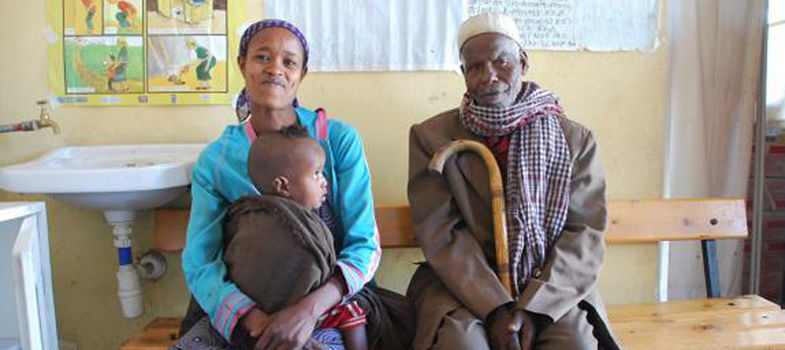Self-Assessment Questions (SAQs) for Study Session 6
Now that you have completed this study session, you can assess how well you have achieved its Learning Outcomes by answering these questions. Write your answers in your Study Diary and discuss them with your Tutor at the next Study Support Meeting. You can check your answers with the Notes on the Self-Assessment Questions at the end of this Module.
SAQ 6.1 (tests Learning Outcomes 6.1, 6.2 and 6.3)
Match each anatomical name with the correct description.
Using the following two lists, match each numbered item with the correct letter.
Hip bone in the pelvis
Paired bones forming the front of the skull
Joint between the parietal bones in the fetal skull
Fused vertebrae at the back of the bony pelivs
The top of the fetal skull between the two fontanels
a.Ilium
b.Sagittal suture
c.Vertex
d.Sacrum
e.Frontal bones
- 1 = a
- 2 = e
- 3 = b
- 4 = d
- 5 = c
SAQ 6.2 (tests Learning Outcomes 6.1, 6.2 and 6.3)
Which of the following statements is false? In each case, say why it is incorrect.
A The female bony pelvis is broader and flatter than the male pelvis.
B The pelvic inlet is narrower than the pelvic outlet.
C The iliac crest is an important landmark in measuring the progress of the fetus down the birth canal.
D The sutures in the fetal skull are strong hard joints that hold the skull bones rigidly in place.
E A newborn baby’s pulse can be seen beating in the anterior fontanel.
Answer
A is true. The female bony pelvis is broader and flatter than the male pelvis.
B is false. The pelvic inlet is wider (not narrower) than the pelvic outlet.
C is false. The iliac crest is the protuberance at the front of each hip bone; it is not important in measuring the progress of the fetus down the birth canal.
D is false. The sutures in the fetal skull ‘give’ a little under the pressure in the birth canal, allowing the skull bones to move to a small extent. This makes it easier for the baby’s head to pass through the mother’s bony pelvis.
E is true. A newborn baby’s pulse can be seen beating in the anterior fontanel.
SAQ 6.3 (tests Learning Outcomes 6.1, 6.2 and 6.3)
List four possible features of the maternal bony pelvis and/or the fetal skull that may result in a difficult labour and delivery.
Answer
The possible features of the maternal bony pelvis and/or the fetal skull that may result in a difficult labour and delivery include (you only had to suggest four):
- A narrow or deformed pelvis
- Abnormal growth of tissue in the pelvic cavity
- A large fetal skull
- A brow, face, breech or shoulder presentation of the fetus
- A fetus that does not present the widest part of its skull to the widest part of the pelvic inlet, and then rotate to do the same in the pelvic outlet.
Summary of Study Session 6
